Contents
LIFE AND DEATH DESIGN
WHAT LIFE-SAVING TECHNOLOGY CAN TEACH EVERYDAY UX DESIGNERS
Katie Swindler
NEW YORK2021
Life and Death Design
What Life-Saving Technology Can Teach Everyday UX Designers
By Katie Swindler
Rosenfeld Media, LLC
125 Maiden Lane
New York, New York 10038
USA
On the Web: www.rosenfeldmedia.com
Please send errata to:
Publisher: Louis Rosenfeld
Managing Editor: Marta Justak
Interior Layout: Danielle Foster
Cover Design: Heads of State
Illustrators: Shawn Morningstar (line art), Caitlin Everett (image of the brain), Brian Crowley and Wesley Wong (comic book illustrations)
Indexer: Marilyn Augst
Proofreader: Charles Hutchinson
2021
All Rights Reserved
ISBN: 1-933820-84-5
ISBN 13: 978-1-933820-84-2
LCCN: 2021944388
Printed and bound in the United States of America
This book is dedicated to the memory of Pradeep Nayar. From wizard hats to the Wildbunch, thank you for showing me many ways to bring joy to work.
You are dearly missed, my friend.
Katie Swindler carefully blends compelling theory with practical application. Her book is a great deep-dive for anyone interested in understanding how the products and services they build impact behavior, and how to actively design for that responsibility.
Lauren Liss
Assistant Professor, Columbia College Chicago
This book provides practical and important advice for designers of all kinds looking to trek beyond the happy path.
Carolyn Chandler
Coauthor, A Project Guide to UX Design and Adventures in Experience Design
Swindlers memorable insights are effective for practitioners in all fields; youll be returning to this one again and again.
Melissa Smith, PhD
UX Researcher, YouTube
To gain amazing insight from Swindlers excellent book, you dont need to be someone who designs for people in extremis. You just need to be someone who designs for people under stress, which is, of course, everybody.
Jon Bloom, PhD
Staff Conversation Designer, Google
HOW TO USE THIS BOOK
Who Should Read This Book?
This book is for anyone who designs things that are used by people under stress, including:
Digital and physical products used in fields with life-and-death stakes, like health care or aviation
Products used in other notoriously high-stress industries, such as day traders or customer service representatives
Products intended to be used in a moment of high stress, like after a car accident
Products that shouldnt be stressful to use, but are nevertheless being used by a user in a stressed-out state of mind, such as a mother trying to place an order online while holding a crying baby
Todays user experience professionals are being asked to solve evermore critical issues across a growing number of sectors. This book gives designers in all fields critical knowledge about human behavior under stress and explores human-centered approaches for designing high-stakes, high-stress experiences.
Whats in This Book?
This book contains an in-depth look at everything that designers need to know about the human stress response. It looks at techniques that designers can leverage to harness the benefits of the stress response, promote rational thinking in stressed users, and help users perform to the best of their abilities in critical moments. It also describes how to suppress the negative aspects of stress, avoid panic, and calm users after a crisis.
youll learn about the best ways to inspire users to step up in a moment of crisis and support them as they attempt to intervene and avert disaster.
What Comes with This Book?
This books companion website (  rosenfeldmedia.com/books/life-and-death-design/ ) contains a blog and additional content. The books diagrams and other illustrations are available under a Creative Commons license (when possible) for you to download and include in your own presentations. You can find these on Flickr at www.flickr.com/photos/rosenfeldmedia/sets/.
rosenfeldmedia.com/books/life-and-death-design/ ) contains a blog and additional content. The books diagrams and other illustrations are available under a Creative Commons license (when possible) for you to download and include in your own presentations. You can find these on Flickr at www.flickr.com/photos/rosenfeldmedia/sets/.
FREQUENTLY ASKED QUESTIONS
What do you mean by life and death design? Is this book about death?
Not really. This is a book about high-stakes designs with life-and-death consequences and all the ways your designs can help people in moments of extreme stress or crisis. Its a book about designs that save lives. In particular, , explores ways to help bring out the best in your users, helping them step up and save the day.
Will I be able to use whats in this book if I design boring stuff?
As long as you design something meant to solve a problem for a user, the information in this book will apply to your work. Problems cause stress. Whether someone is under a small or a large amount of stress, the same neurochemicals are released and the same fight-flight-or-freeze instincts drive behaviors. Because of this, lessons learned by designers creating products for extreme environments, like emergency rooms or war zones, can be applied to all sorts of products that help stressed-out users across just about any industry imaginable. In , youll get an overview of the five phases of the stress response and the design considerations unique to each phase. Youll also get a plain-language overview of the neuroscience that drives these phases.
Does this book cover techniques to address harmful biases?
Absolutely. When humans are stressed, they instinctively fall back on intuition-based decision-making, which has a lot of benefits, but can also open the door for harmful biases to creep in. So explores specific design techniques to help users control bias, even under extremely stressful situations when their instincts might otherwise lead them astray.
I design for a population with people who are chronically stressed. Does this book help me address the unique needs of my users?
The techniques for creating calming designs covered in , might also be useful to those designers creating products used in high-stress environments because the chapter discusses techniques to communicate important information appropriately to your users without overwhelming or further stressing them.
FOREWORD
Design is a matter of life and death. Its far too easy for those practicing design to forget the truth of that statement while they are engaged in the practice of it. Sure, we talk at length about making certain that our work is human-centered, and we throw lots of references to empathy in the mix for good measure, but how far do we really go into the human aspect of human-centricity? Typically, not that far.
I didnt realize to what extent this was true until a few years ago when I took on a design leadership role for a massive, multiyear project to design the upgraded system that child welfare workers used to ensure the delivery of critical services. In the most extreme cases, getting children out of their current situations is a matter of life and death. The workers using this system frequently found themselves under conditions of extreme duress where every minute mattered to ensure a childs safety. My design team and the ones before me all claimed to put the child at the center of our work, but what about the worker? It is the fast and thorough response of the person interacting with the system that determines if the necessary interventions happen when needed. The context of their work, their state of mind, and how they as humans respond to stress and imminent danger were all critical factors to be considered. Yet, we barely lifted our heads out of the typical human-centered design activities to take those factors into account on anything but the most superficial level.



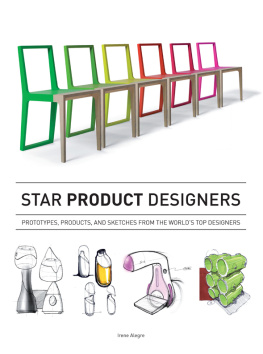
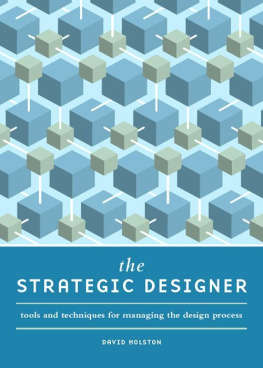
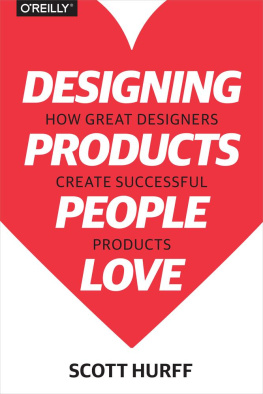
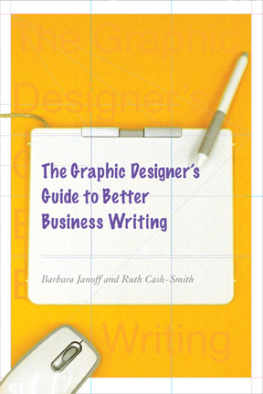
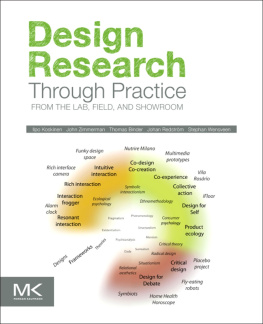
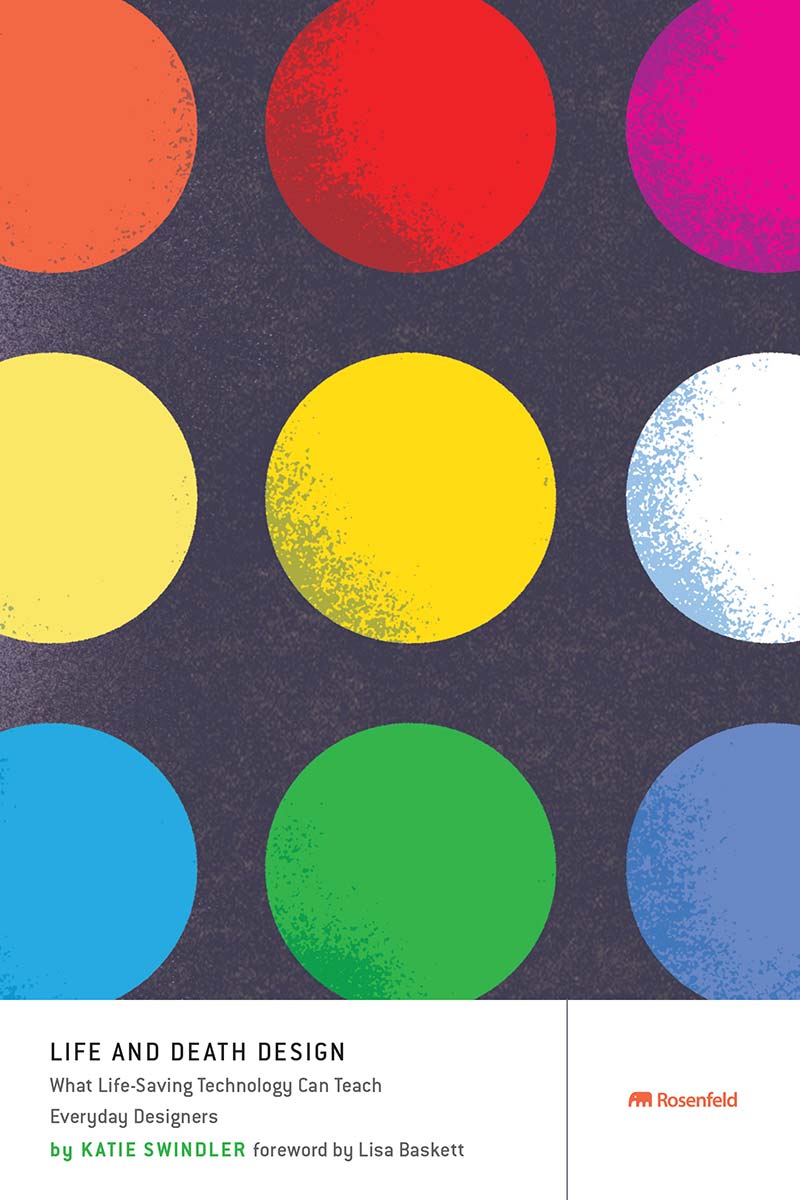

 rosenfeldmedia.com/books/life-and-death-design/ ) contains a blog and additional content. The books diagrams and other illustrations are available under a Creative Commons license (when possible) for you to download and include in your own presentations. You can find these on Flickr at www.flickr.com/photos/rosenfeldmedia/sets/.
rosenfeldmedia.com/books/life-and-death-design/ ) contains a blog and additional content. The books diagrams and other illustrations are available under a Creative Commons license (when possible) for you to download and include in your own presentations. You can find these on Flickr at www.flickr.com/photos/rosenfeldmedia/sets/.